For the most part, modern gi jiu-jitsu has been well defined for the past decade. With the rise of the Mendes brothers in 2009, came many more innovators including the Miyao Brothers, Musumeci Brothers and other lighter weights who transformed the gi game for good with their berimbolo, crab-ride, 50-50 guard, leg drags or, more recently, with Keenan Cornelius’ creative lapel novelties.
The modern spectrum of no-gi, however, had been often subjugated by the dominance of gi players in the sport’s top events. That seems to be changing as we have slowly but steadily seen the rise of no-gi grappling bring its own set of stars who have gradually outshined the traditional jiu-jitsu players on popularity and on the mats.
Currently, the more traditional IBJJF circuit still holds the vast majority of top-level talent, this being the main reason it still holds value under the no-gi setting, however, its rigid, and slightly antiquated, nogi rule system has allowed for a number of competitors to grow independently from their league, in a more expansive environment. The athletes who developed under these, more broad systems have gained an advantage over the traditional players. A clear example of this was at full display in the recent BJJ Fanatics tournament.
Many within the traditional players have now started to adapt to this new game and bring some innovation themselves, the Miyao Brothers being the first to convert, with others following, including the lapel wizard Keenan Cornelius.
Although “broader” in terms of what is allowed, these aforementioned nogi rulesets have somewhat funneled the game onto one area of jiu-jitsu, the leg game, where most of the innovations have derived, even in smaller details such as leg pummeling, knee-line retention/defense grips, etc. Below we bring you some of the more common maneuvers in modern-day nogi, which you should expect to see at the ADCC this weekend.
LATERAL KNEEBAR
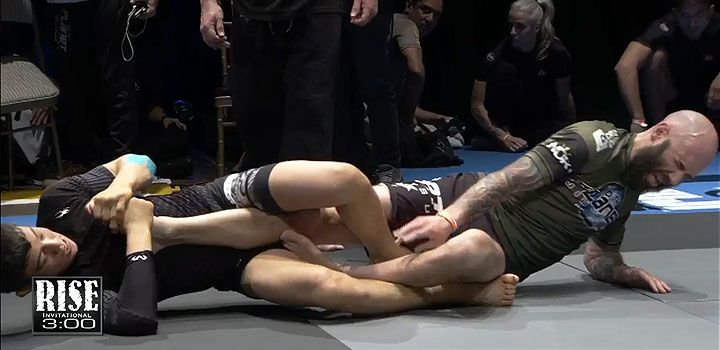 Photo – still frame from João Miyao x Zach Maslany (Rise Invitational)
Photo – still frame from João Miyao x Zach Maslany (Rise Invitational)
We have seen this at play from the limbs of the Miyao Brothers and other submission-only specialists, and although it is not as wide-spread as some of the other positions on this segment, it has all the elements to become just as popular. As we stand, the Lateral Kneebar is more than often used as a threat, when the defensive player is trying to spiral out of the saddle position.
BODY-LOCK PASS
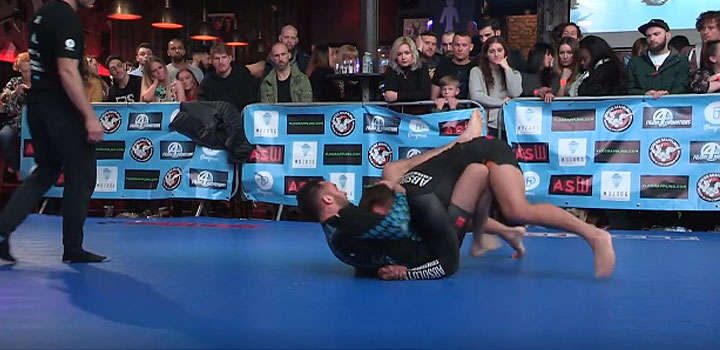 Photo – still frame from Craig Jones x Gabriel Arges (GrappleFest)
Photo – still frame from Craig Jones x Gabriel Arges (GrappleFest)
This is, in fact, an old school position that has received a strong update over the past two-to-three years. The Miyao Brothers were the enforcers of this pass early on, a pass that carries a lot of weight under these modern nogi rules as it nullifies the guard player’s leg entries by keeping his hips tight and secure. Craig Jones and Jonathan Satava are other examples of athletes who achieved plenty of success with this pass.
FLOATING GUARD-PASS
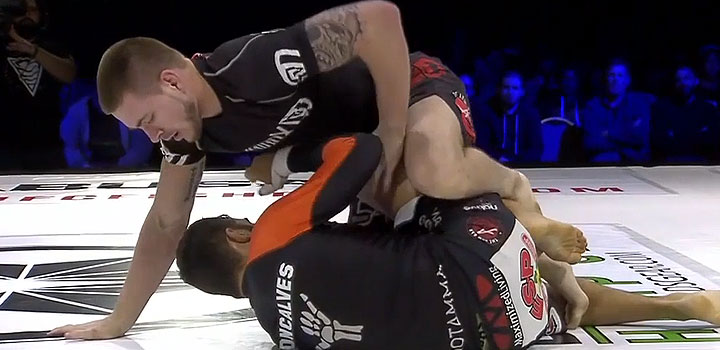 Photo – still frame from Gordon Ryan x Marcel Goncalves (EBI)
Photo – still frame from Gordon Ryan x Marcel Goncalves (EBI)
The position, to our knowledge, was developed inside the Renzo Gracie Academy headquarters, AKA the Blue Basement, and tt was consistently used by Gordon Ryan in the EBI tournaments. It is not as widespread as some of the other positions here shown, but its popularity is growing, particularly after Ryan released his own instructional explaining the process. Much like the body-lock pass, the intent of the floating is to nullify the bottom player’s leg pummeling, albeit with a totally opposite approach to the BL.
ASHI-GARAMI
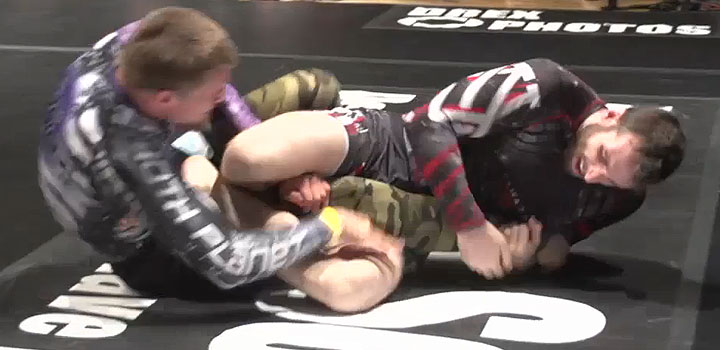 Photo – still frame from Eddie Cummings vs Lauri Karppinen (EBI)
Photo – still frame from Eddie Cummings vs Lauri Karppinen (EBI)
Much like the body-lock pass, the ashi garami is not a brand-new concept. It has been used in judo and jiu-jitsu for a long time, being more visible from the time when Fredson Alves was dominating the featherweight division (early 2000s with the gi) to Marcelo Garcia’s innovations in the ADCC ruleset, to the later upgrade it got by Eddie Cummings and his training partners over the past 6 years, by adding efficiency to its leg-locking potential. Today the ashi-garami does not confine itself to its old rigid form but, instead, brings plenty of variables to its structure and is undoubtedly the most used position to complete the outside heel-hook submission.
SADDLE CONTROL
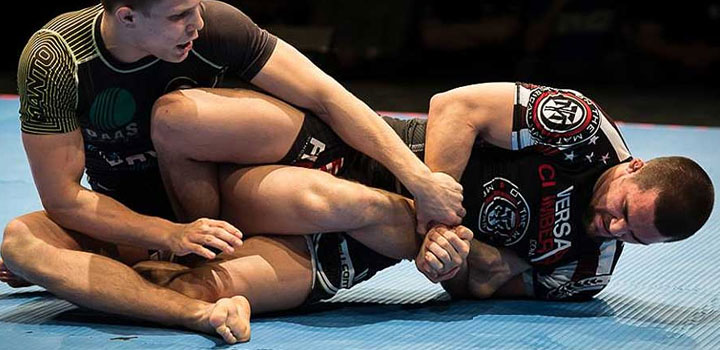 Photo by Callum Medcraft, taken at Garry Tonon x Marcin Held (Polaris)
Photo by Callum Medcraft, taken at Garry Tonon x Marcin Held (Polaris)
Arguably the most widely used control out of all the leg entanglements, and also, the most effective. The saddle has been around for some time in grappling but was somewhat foreign to jiu-jitsu players, unlike the ashi-garami, saddle’s trusty leg entanglement companion.
We first saw the saddle as a systematic approach to securing the knee/hips by Reilly Bodycomb of R-Dojo, though it exploded on-to mainstream grappling fans by the limbs of those on the Danaher Death Squad, mainly Garry Tonon and Eddie Cummings. The position has since had a tremendous impact on our sport and is arguably the most terrifying position for traditional jiu-jitsu players due to its “alien” knee-reaping properties (knee reaping is not allowed in the IBJJF circuit).















